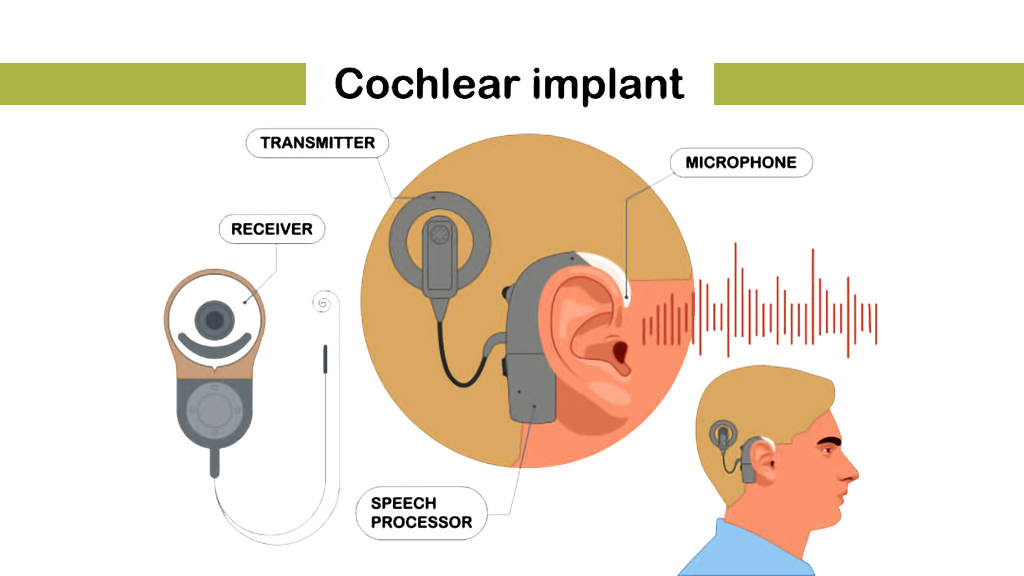
Bridging Clinical Practice and Technology in Developmental Rehabilitation
The 1st DISHACON 2025, held on 15–16 November 2025 at the JLM Auditorium, AIIMS New Delhi, marked a significant milestone in the field of developmental rehabilitation. Bringing together professionals from speech and hearing sciences, developmental disorders, rehabilitation sciences, academia, and technology, the conference created a shared platform for dialogue on evolving therapeutic practices and the responsible integration of technology.
With strong participation and diverse representation, DISHACON 2025 reflected the shifting landscape of rehabilitation—one that increasingly values evidence-informed practice, functional outcomes, and sustainable, technology-supported care models.
A Platform for Dialogue and Clinical Exchange
Across two days, DISHACON 2025 served as a dynamic space to explore contemporary clinical approaches, emerging therapy models, and real-world applications of digital tools in rehabilitation. Discussions extended beyond theory, focusing on applicability, adaptability, and ethical use of technology.
Clinicians openly addressed current challenges, including:
- Increasing documentation demands
- Therapy planning and goal tracking
- Scalability of services
- Balancing screen exposure with meaningful therapeutic engagement
These conversations strongly resonated with the realities of modern rehabilitation practice.
Day One: Engagement, Demonstration, and Academic Presence
The first day began with the setup of the XceptionalLEARNING stall, which saw high footfall throughout the day. Students, clinicians, and professionals from across the country engaged with the team and explored the XceptionalLEARNING ecosystem, including:
Curated merchandise such as Hindi and English booklets, chocolates, and keychains added to visitor engagement.
Highlight: VergeTAB Device
A major point of interest was the VergeTAB device, appreciated for its clinician-controlled, goal-oriented therapy design. Conversations centered on how structured digital tools can support routine clinical workflows while preserving therapeutic intent and flexibility.
Academic Contribution
XceptionalLEARNING also had a strong academic presence.
Dr. B. Rajeshekhar presented on:
“Bridging the Gaps in Rehabilitation: Advancing Toward Sustainable Clinical Practices Through Technology”
The session highlighted how thoughtfully designed digital platforms can enhance long-term clinical sustainability without compromising professional judgment.
Key Sessions and Panel Discussions
Why We Need Real-Ear Measurement in Hearing Aid Fitting
Emphasized the importance of real-ear measurements for accurate, individualized hearing aid fitting and improved auditory outcomes.
Role of NGOs in the Cancer Journey – Sarcoma Foundation
Explored the critical role of NGOs in cancer care, focusing on psychosocial support, awareness, and patient-centered assistance beyond medical treatment.
Panel Discussions
- Vestibular Treatment in Clinical Settings – A Subjective Approach
- Implantable Hearing Solutions: Conditions and Criteria
These panels offered practical insights into clinical decision-making and multidisciplinary perspectives.
Addressing Clinical Questions and Real-World Concerns
Throughout Day One, clinicians raised practical concerns regarding technology integration. Screen time emerged as a recurring topic and was addressed by emphasizing:
- Therapist-controlled activity design
- Customization based on individual client needs
- Technology as a facilitative—not passive—tool
Disorder-specific queries, including applications in epilepsy and complex clinical profiles, highlighted the demand for flexible and adaptable digital systems.
By the end of Day One, 107 feedback entries were collected, offering valuable insights into clinician expectations and areas for future development.
Day Two: Applied Learning and Evolving Practice Models
Day Two featured a XceptionalLEARNING workshop. Although not listed in the official program, it saw meaningful participation and facilitated deeper discussions on:
- Technology-assisted therapy planning
- Goal tracking
- Integrated service delivery models
A strong emerging theme was the growing interest in freelance, remote, and hybrid therapy models. Clinicians expressed enthusiasm for virtual clinics, telepractice, and flexible workflows that maintain clinical accountability.
An additional 9 feedback entries were collected, bringing the total to 116, each contributing actionable insights into current professional needs.
Key Takeaways from DISHACON 2025
- Strong interest in technology-integrated, goal-oriented clinical workflows
- Rising demand for freelance and remote therapy models
- High student engagement driven by curiosity around scalable therapy delivery
- Increased confidence in controlled and ethical screen use
- Rich feedback supporting future platform refinement and innovation
Looking Ahead
The 1st DISHACON 2025 underscored a clear shift toward embracing technology as a partner in clinical practice. The response from clinicians and students reflected readiness to adopt digitally supported models that enhance efficiency, consistency, and access—while remaining firmly grounded in ethical, evidence-based care.
Representing XceptionalLEARNING at DISHACON 2025 offered valuable opportunities for professional exchange, insight into evolving industry expectations, and reflection on the future of rehabilitation services. Conferences like DISHACON play a vital role in shaping informed, adaptable, and future-ready practitioners committed to delivering impactful and sustainable therapeutic outcomes.
To learn more about how XceptionalLEARNING is supporting the future of ethical, technology-enabled rehabilitation, contact us to connect, collaborate, or explore our digital therapy solutions.










